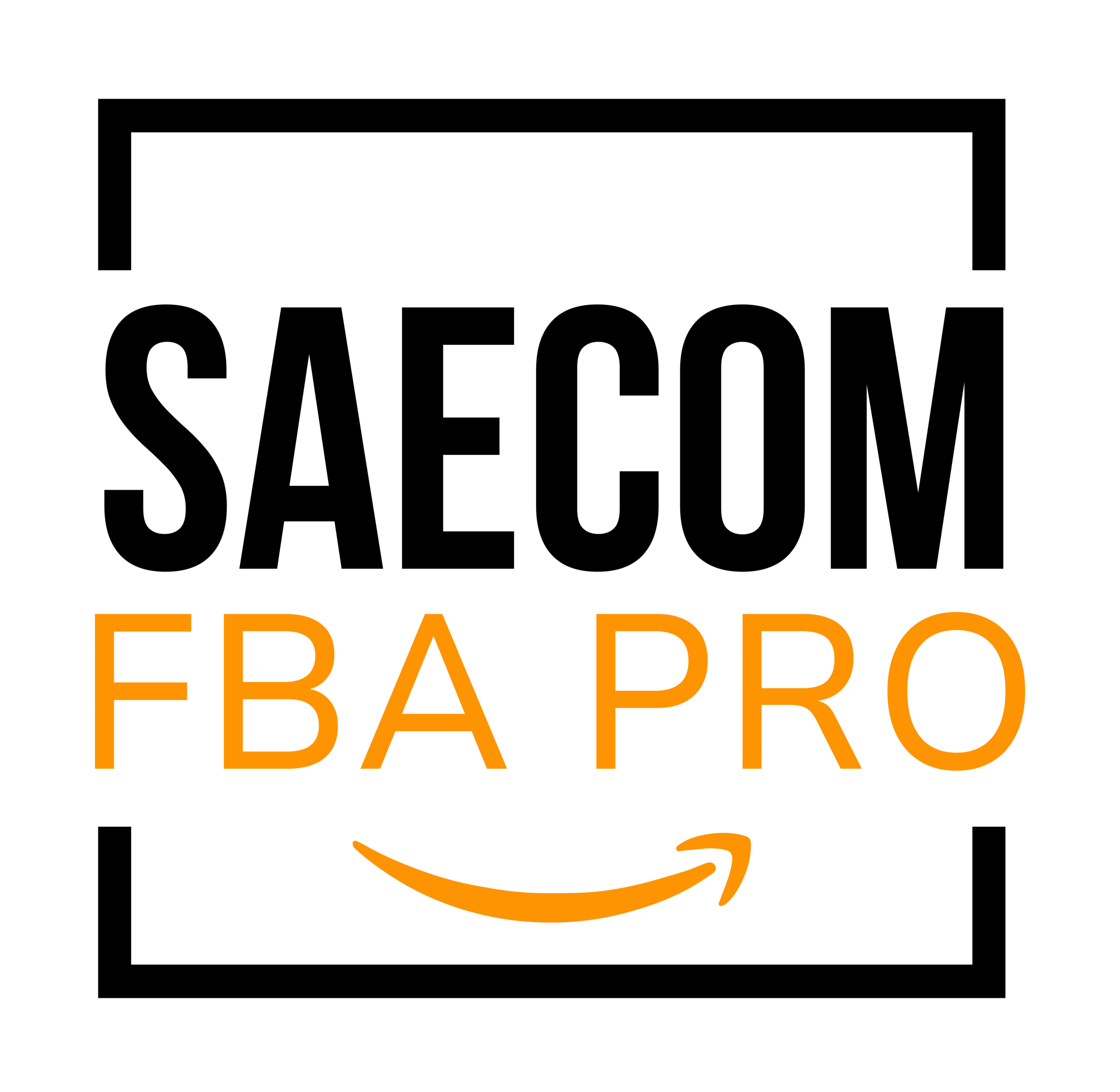The End of Amazon FBA Small and Light Program for Sellers
The End of Amazon FBA Small and Light Program for Sellers
The Amazon FBA Small and Light program was introduced as a solution for sellers looking to streamline their fulfillment process for low-cost, lightweight products. This program provided a cost-effective way to offer Prime-eligible items, allowing sellers to tap into Amazon’s vast customer base. However, with the e-commerce landscape continuously evolving, Amazon has decided to make changes that will reshape the way sellers manage their inventory and fulfillment.
Why the Change? Understanding Amazon’s Decision
Amazon’s decision to end the FBA Small and Light program is rooted in its commitment to enhancing customer experience, optimizing supply chain efficiency, and accommodating the changing demands of the market. By focusing on a more streamlined fulfillment network, Amazon aims to provide faster and more consistent delivery for all products, regardless of their size or weight.
What Sellers Need to Know: Transitioning and Adapting
For sellers currently enrolled in the FBA Small and Light program, the transition away from this program requires careful planning. It’s essential to assess your inventory, evaluate alternative fulfillment options, and adjust your strategies accordingly. Amazon provides guidance on transitioning your existing inventory to different fulfillment methods, such as traditional FBA or Fulfilled by Merchant (FBM).
Benefits of the Transition: Exploring New Opportunities
While the end of the FBA Small and Light program may initially seem challenging, it also presents opportunities for sellers to refine their strategies. Transitioning to other fulfillment methods can provide more control over inventory, pricing, and shipping timelines. Sellers can explore bundling options, cross-promotions, and improved branding to differentiate their products in the marketplace.
Preparing for the Transition: Action Steps for Sellers
Assess Inventory: Take stock of your existing Small and Light inventory and evaluate which products are worth transitioning to other fulfillment methods.
Explore Alternatives: Research different fulfillment options, such as FBA standard, FBM, or even utilizing Amazon’s Multi-Channel Fulfillment (MCF) for orders from other platforms.
Update Listings: Adjust your product listings to reflect changes in fulfillment methods and ensure accurate delivery timelines.
Monitor Performance: Keep a close eye on sales performance, customer feedback, and delivery times during and after the transition.
Conclusion: Embracing Change for Continued Success
Change can be daunting, but it also presents an opportunity for growth and adaptation. As Amazon bids farewell to the FBA Small and Light program, sellers have the chance to explore new avenues, refine their strategies, and enhance their customer experience. By embracing these changes and proactively adjusting their approaches, sellers can continue to thrive in the dynamic world of e-commerce, providing exceptional value to their customers and expanding their reach on Amazon’s platform.
In summary, the ending of the FBA Small and Light program marks a new chapter for both Amazon and its sellers. By staying informed, planning ahead, and leveraging alternative fulfillment options, sellers can navigate this transition with confidence and position themselves for long-term success in the evolving e-commerce landscape.
Contact SAECOM FBA PRO Experts at www.saecomfbapro.com to get better understandings of this and how it may effect you!


